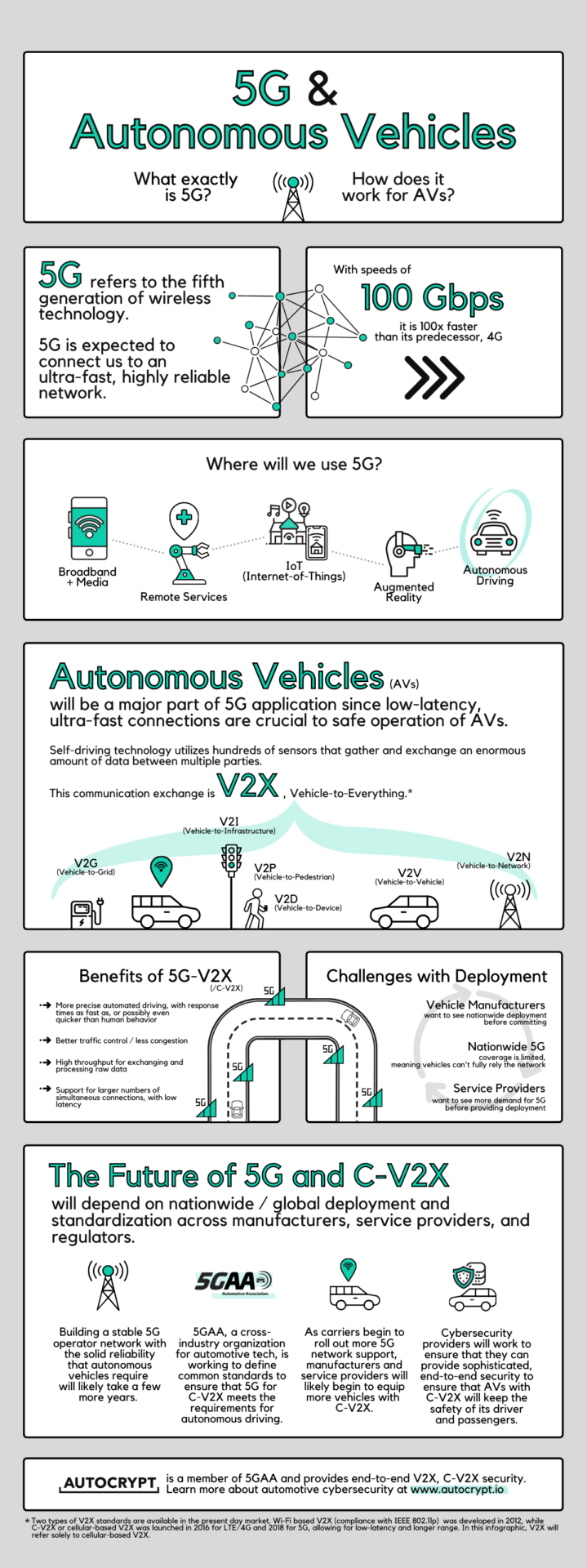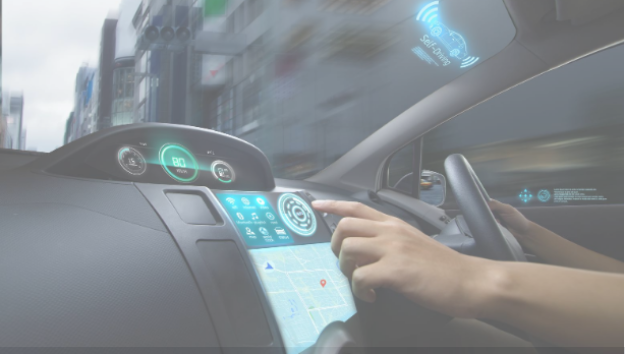The Rise of Autonomous Delivery Vehicles
Autonomous vehicles are growing in number, and many drivers dream of a future where they can simply be passengers on a commute, a road trip, or just a leisurely drive. Technology has been quickly developing, but what many may not be aware of is the quick, or possibly quicker, rate at which autonomous trucks are hitting the roads.
Let’s take a look at some of the trending topics when it comes to autonomous trucks.
Pandemic Trends
It’s no secret that many of us have been sheltering in place and locking down due to the novel coronavirus, COVID-19. While social distancing, many people have been buying household goods and ordering food online for delivery, and even buying groceries through apps like Instacart. The demand for stores to move to e-commerce has seen a surge, and while this may seem like good news for business owners who may be having a difficult time with drops in offline consumers, it can still have some drawbacks. In fact, the demand may be too high for companies and laborers to keep up.
In Korea, a major online-shopping hub, statistics showed that online shopping amounted to USD 10.6 billion in May 2013, a 13.1 percent increase from the previous year. Food delivery rose 77.6 percent, and F&B online purchases went up 33.1 percent. The steep increase has led to some traumatic instances, with 14 delivery workers losing their lives in 2020.
Many companies, therefore, have moved to utilize autonomous deliveries, either with drones, carts or in some cases trucks. Companies have been gaining investor interest.
A great example is Nuro, a California-based autonomous delivery vehicle company, who have been delivering goods autonomously since 2018. Nuro has received the first and only federal exemption for AVs by the US Department of Transportation as well as the National Highway Traffic Safety Administration, and is currently operating in California, Texas and Arizona. The need for a socially distanced method of ecommerce does seem to be gaining traction.
Autonomous and Electric
Autonomous delivery vehicles like pods or trucks are a perfect use case for autonomous-driving technology, as often truck drivers have to go long distances. However, trucks have a much higher rate of carbon emissions because of the sheer size of vehicle and distance of driving. It’s estimated that heavy duty vehicles (HDV) are responsible for 30% of all transport emissions, despite the fact that they only make up roughly 5% of vehicles.
Therefore, it makes sense that the next stop would be to make them all electric, moving away from the traditional diesel-fueled trucks. Companies like Swedish startup Einride have jumped on the wagon, as they recently unveiled a new line of electric, driverless (with remote operator) freight trucks. The company expects to have them on the road in 2021, with emissions cut by up to 90% and fuel costs reduced by 70%.
The challenge for this new development of the electric ad autonomous vehicles will be range anxiety, as Battery Electric Vehicles (BEVs) often have a specific limit of driving range before needing to be charged. BEVs that are also HDVs often have mileage ranges of about 80-110 miles. This range may work for European nations, where distances are shorter and the number of charge points is greater. However, long-haul, cross-country drives within the United States may prove to be more of a feat. A more favorable starting point would be implementing city-wide delivery programs, where charging points are more densely available.
Security Concerns
Of course, when it comes to any new technology, we prioritize security. When looking at autonomous delivery vehicles, in theory they need to implement the same cybersecurity management systems and protocols with a lighter vehicle.
ECUs within the car as well as the network that they are connected to need security measures to be put in place, in order to secure communications and messages that are essential to the proper operation of the delivery vehicle.
Additionally, with trucks and larger HDVs, greater attention needs to be paid to sensors, as they have larger blind spots than lighter vehicles. With side-view assist and expanded LiDAR, trucks can reduce this risk. In 2010, the Insurance Institute for Highway Safety (IIHS) found that with side-view assist, up to 39,000 crashes could be prevented each year.
(Credit: DOT Share the Road Safely)
Conclusion
While autonomous driving technology has been progressing relatively quickly, it is nowhere near Level 5 Full Automation where it can be truly driverless. In fact, many autonomous delivery services still ensure that a driver and an engineer are always on standby to take over manually if the need arises.
But this is not to say we will not be seeing full autonomous trucks anytime soon. It is important to keep in mind that though passenger vehicles are featured in the headlines, smart mobility expands into many other types of transportation – along with cars, trucks and pods are also in development and are deploying out onto public roads. Autonomous trucks will likely be one of the first wide-scale use cases because of its benefits, but we have been seeing a surge in robotic carts that are able to truly make social distanced deliveries happen.
However, as always with new technology, securing them and their environments is a large component of large-scale adoption, if not the most important component. As regulations like WP.29 continue to change the automotive industry, it will be interesting to see how delivery services fit into the larger picture of automotive cybersecurity.
To learn more about AUTOCRYPT’s autonomous vehicle security solutions, check out our page here.


